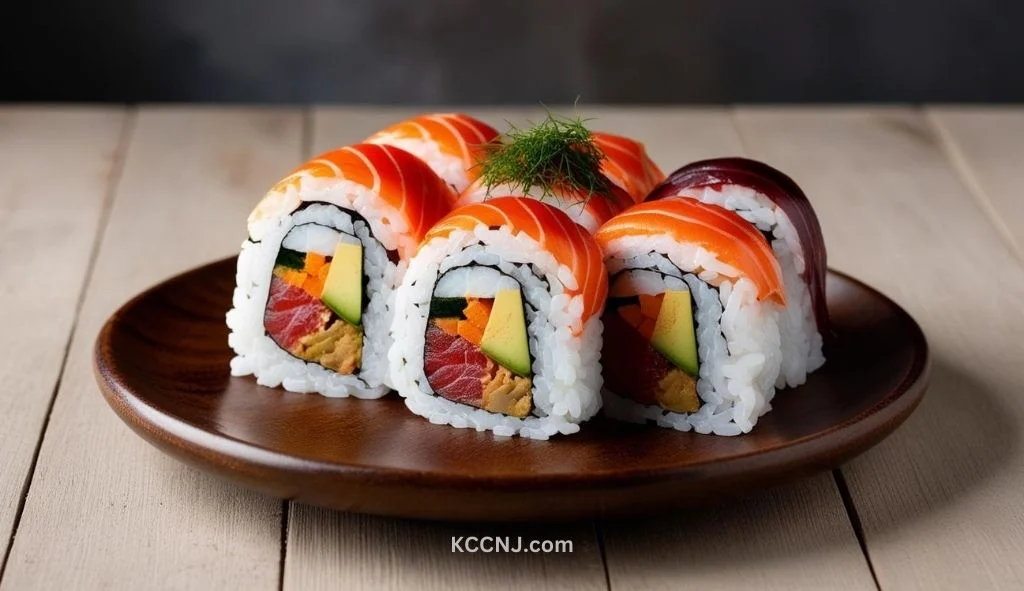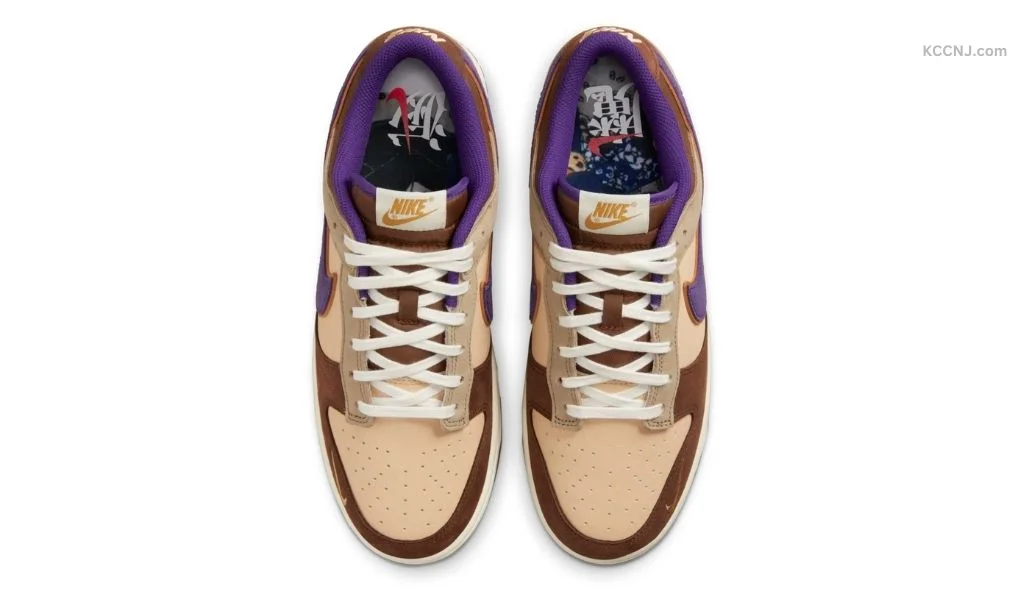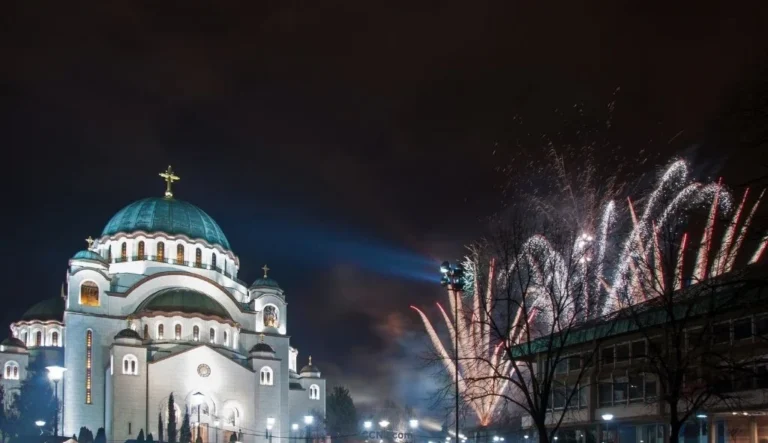Setsubun Festival: Meaning, Date, History & Beans 2025
Setsubun is a Japanese festival marking the end of winter and beginning of spring. It involves throwing roasted soybeans to drive out evil spirits and bring good fortune. Celebrated on February 3rd, Setsubun features unique customs and rituals across Japan.
What is Setsubun?
Setsubun is a traditional Japanese holiday that takes place on the day before the start of spring according to the old Japanese calendar. The name “Setsubun” literally means “seasonal division” and refers to the change from winter to spring. While there are technically four setsubun days marking the change between seasons, the spring setsubun is the most widely celebrated.
The main custom associated with Setsubun is mamemaki, or bean throwing. People throw roasted soybeans either out the door or at someone wearing an oni (demon) mask while shouting “Oni wa soto! Fuku wa uchi!” which means “Demons out! Fortune in!” This ritual is meant to drive away evil spirits and welcome good luck for the coming year.
Key Elements of Setsubun
- Throwing roasted soybeans (mamemaki)
- Shouting “Oni wa soto! Fuku wa uchi!”
- Eating fortune rolls (ehomaki)
- Wearing oni masks
- Visiting temples and shrines for ceremonies
Setsubun provides a fun way for Japanese people to mark the end of winter and welcome the coming of spring. The bean-throwing custom in particular is enjoyed by both children and adults.
When is Setsubun Celebrated?
Setsubun is typically celebrated on February 3rd each year. However, the exact date can vary slightly:
- In most years, Setsubun falls on February 3rd
- Occasionally it may be on February 2nd or 4th
- The date is determined by the old Japanese lunar calendar
For example, upcoming Setsubun dates are:
- 2025: February 2 (Sunday)
- 2026: February 3 (Tuesday)
- 2027: February 3 (Wednesday)
- 2028: February 3 (Thursday)
- 2029: February 2 (Friday)
While Setsubun is not a national holiday in Japan, many people still celebrate it at home, schools, workplaces, and local temples or shrines. The festivities typically take place in the evening after work and school.
Setsubun Timing at Temples and Shrines
At temples and shrines, Setsubun ceremonies are often held between 11am and 4pm on February 2nd and 3rd. This allows people to attend events before or after work. Major shrines may have multiple bean-throwing sessions throughout the day.
Setsubun 2025 Key Details
The upcoming Setsubun celebration in 2025 will be held on Sunday, February 2nd. This slight variation from the usual February 3rd date is due to the lunar calendar calculations.
Major 2025 Events
Several significant celebrations are planned across Japan:
Suitengu Shrine Festival (Tokyo)
- Date: February 2, 2025
- Features celebrity bean-throwing ceremonies
- Includes live performances and traditional rituals
Zojoji Temple Ceremony (Tokyo)
- Expected to draw over 4,000 visitors
- Features celebrity bean throwers and sumo wrestlers
- Includes a designated family area for safe participation
Osaka Tenmangu Shrine Festival
- Special seaweed charity sale
- Sushi roll events
- Located 8 minutes from Hotel Noum OSAKA
Kasuga Taisha Shrine (Nara)
- Features over 3,000 illuminated lanterns
- Traditional lantern lighting ceremony
- Garden displays with paper strips containing visitors’ wishes
History and Origins of Setsubun
The origins of Setsubun can be traced back to ancient Chinese customs that were later introduced to Japan. Understanding the history helps explain the meaning behind modern Setsubun traditions.
Chinese Roots
Setsubun has its roots in the ancient Chinese ritual called “Tsuina.” This was a ceremony performed at the imperial court on New Year’s Eve to drive away evil spirits and disease. It involved people wearing masks and making noise to scare away malevolent forces.
Introduction to Japan
The Tsuina ritual was introduced to Japan during the Heian period (794-1185 CE). Historical records show it being performed at the imperial court by the early 8th century. Initially, it was an elite practice limited to the nobility.
Evolution of Customs
Over time, the ritual evolved and spread beyond the imperial court:
- Kamakura period (1185-1333): Adopted by Buddhist temples and Shinto shrines
- Muromachi period (1336-1573): Bean throwing becomes part of the ritual
- Edo period (1603-1867): Customs shift from New Year’s Eve to Setsubun
- Spreads to samurai families and general public
The use of soybeans likely stems from their importance as a staple food. Beans were believed to have purifying powers that could ward off evil. The Japanese word for bean (mame) also sounds similar to the word for demon eyes (mame), creating a symbolic connection.
Modern Setsubun
Today’s Setsubun celebrations retain many traditional elements while also incorporating new customs. While no longer tied to the lunar New Year, Setsubun remains an important cultural event marking the seasonal transition from winter to spring.
Setsubun Customs and Traditions
Setsubun involves several unique customs and traditions. Understanding these rituals provides insight into Japanese culture and beliefs surrounding seasonal changes and good fortune.
Mamemaki (Bean Throwing)

The central ritual of Setsubun is mamemaki, or bean throwing. This involves scattering roasted soybeans to drive away evil spirits and invite good fortune. The practice typically follows these steps:
- Roasted soybeans are placed in a small dish or cup
- A family member (often the father) puts on an oni mask
- Other family members throw beans at the “oni” while shouting “Oni wa soto!”
- Beans are then thrown out the door or window while saying “Fuku wa uchi!”
- Everyone eats the number of beans equal to their age, plus one for good luck
At temples and shrines, priests and special guests throw beans to crowds of people eager to catch them for good fortune.
Ehomaki (Lucky Direction Rolls)

Eating ehomaki is another popular Setsubun tradition. These are special uncut sushi rolls eaten while facing the year’s lucky direction. Key points about ehomaki:
- Contains seven ingredients representing the Seven Gods of Fortune
- Eaten in silence without cutting the roll
- Must face the lucky direction while eating (changes each year)
- Believed to bring good luck if eaten properly
The custom of eating ehomaki originated in the Kansai region but has now spread throughout Japan.
Shrine and Temple Visits
Many people visit Shinto shrines or Buddhist temples on Setsubun. These often host special events and ceremonies:
- Bean throwing by priests, local celebrities, or sumo wrestlers
- Prayers for good fortune in the coming year
- Sales of lucky charms and amulets
- Food stalls selling seasonal treats
Popular shrines like Sensoji in Tokyo can draw huge crowds for their Setsubun festivals.
Regional Variations
While bean throwing is common across Japan, some areas have unique Setsubun customs:
- Kansai: Hanging holly and sardine heads by the entrance to ward off evil
- Western Japan: Eating sardines on Setsubun
- Some areas: Lighting bonfires to invite the kami (gods) and drive away evil
These regional differences add to the rich cultural tapestry of Setsubun celebrations across Japan.
How to Celebrate Setsubun
Whether you’re in Japan or elsewhere, there are several ways to participate in Setsubun festivities. Here are some ideas for celebrating this unique Japanese holiday.
At Home
Celebrating Setsubun at home is common in Japan. Here’s how you can recreate the experience:
- Prepare roasted soybeans (or peanuts as a substitute)
- Make or buy oni masks
- Designate someone to wear the oni mask
- Throw beans while shouting “Oni wa soto! Fuku wa uchi!”
- Eat your age in beans plus one for luck
- Make or buy ehomaki rolls to eat facing the lucky direction
You can find Setsubun kits with masks and beans at Japanese grocery stores or online.
Attend Local Events
If you’re in Japan, look for Setsubun events at nearby shrines or temples. These often feature:
- Public bean-throwing ceremonies
- Traditional performances
- Food stalls with seasonal treats
- Sales of lucky charms and souvenirs
Even outside Japan, some Japanese cultural centers or communities may host Setsubun celebrations.
Make Setsubun-Inspired Food
Incorporate Setsubun themes into your cooking:
- Make your own ehomaki sushi rolls
- Prepare roasted soybeans as a snack
- Cook sardines, which are eaten in some regions on Setsubun
Learn About Japanese Culture
Use Setsubun as an opportunity to explore Japanese culture:
- Read about the history and meaning of Setsubun
- Learn some basic Japanese phrases related to the holiday
- Watch videos of Setsubun celebrations in Japan
Celebrating Setsubun can be a fun way to experience Japanese traditions and welcome the coming of spring.
Setsubun’s Significance in Japanese Culture
Setsubun holds an important place in Japanese culture, blending traditional beliefs with modern celebrations. Understanding its significance provides insight into Japanese values and customs.
Spiritual and Religious Aspects
Setsubun has roots in both Shinto and Buddhist traditions:
- Shinto: Represents purification and renewal at the turn of seasons
- Buddhism: Incorporates elements of warding off evil and inviting good fortune
The bean-throwing ritual symbolizes driving away negative forces and welcoming positive energy for the new season.
Cultural Continuity
Setsubun helps maintain a connection to Japan’s cultural heritage:
- Preserves ancient customs in a modern context
- Passes down traditions from generation to generation
- Reinforces cultural identity and shared experiences
Even as Japan has modernized, Setsubun remains a widely celebrated event.
Community Bonding
Setsubun events bring people together:
- Family celebrations strengthen household bonds
- Public events foster community spirit
- Shared traditions create a sense of belonging
The festive atmosphere of Setsubun helps build and reinforce social connections.
Seasonal Awareness
Setsubun marks an important point in the Japanese calendar:
- Signals the end of winter and beginning of spring
- Heightens awareness of seasonal changes
- Connects people to natural cycles
This awareness of seasons is an important aspect of Japanese culture.
Evolving Traditions
While rooted in history, Setsubun customs continue to evolve:
- Incorporation of modern elements like celebrity appearances
- Commercialization through special Setsubun products
- Adaptation of traditions for urban lifestyles
This flexibility allows Setsubun to remain relevant in contemporary Japanese society.
Nike Dunk Low “Setsubun”

The Nike Dunk Low “Setsubun” is a unique sneaker that pays homage to the Japanese Setsubun festival. Here are the key details about this special release:
Design and Colorway
The shoe features a color scheme inspired by the roasted soybeans used in the Setsubun celebration:
- Upper: Nubuck leather in shades of brown and tan
- Swoosh: Rich purple
- Midsole: White
- Outsole: Gum
Special Features
- Heel embroidery: Oni (demon) design with Swoosh-shaped horns
- Insoles: Artwork depicting Kintarō throwing beans at demons, based on an 1840s ukiyo-e print by Utagawa Kuniyoshi
- Materials: Premium suede and leather with cracked leather accents
Release Information
- Release Date: April 11, 2023
- Style Code: DQ5009-268
- Retail Price: $120 USD
Sizing and Fit
The Nike Dunk Low “Setsubun” fits true to size. It’s available in men’s sizing, with some retailers offering extended size runs.
Cultural Significance
This sneaker celebrates the Setsubun festival, which marks the beginning of spring in Japan. The design incorporates elements of the bean-throwing ritual used to ward off evil spirits and welcome good fortune.
The Nike Dunk Low “Setsubun” combines cultural inspiration with Nike’s iconic silhouette, creating a sneaker that’s both stylish and meaningful. Its unique design and limited availability make it a sought-after release for sneaker enthusiasts and collectors alike.
Frequently Asked Questions About Setsubun
Here are answers to some common questions about Setsubun:
Why do people throw beans on Setsubun?
Beans are thrown to symbolically drive away evil spirits and invite good fortune. The practice is called mamemaki. Roasted soybeans are used because beans were considered to have purifying powers in Japanese tradition.
What does “Oni wa soto, fuku wa uchi” mean?
This phrase is shouted while throwing beans on Setsubun. It means “Demons out, fortune in!” It expresses the desire to banish negative forces and welcome positive energy for the coming year.
Can I celebrate Setsubun outside of Japan?
Yes, you can celebrate Setsubun anywhere. You can recreate traditions like bean throwing at home or look for events at Japanese cultural centers. Many elements of Setsubun can be adapted for celebration outside Japan.
What is an ehomaki roll?
An ehomaki is a special uncut sushi roll eaten on Setsubun. It contains seven ingredients for good luck and should be eaten facing the year’s lucky direction. The custom originated in the Kansai region but is now popular throughout Japan.
Is Setsubun a national holiday in Japan?
No, Setsubun is not an official national holiday in Japan. However, it is widely celebrated, and many shrines, temples, and communities hold special events to mark the occasion.
How do Japanese schools celebrate Setsubun?
Many Japanese schools hold Setsubun events for students. These often include bean-throwing activities, making oni masks, and learning about the holiday’s history and meaning. Some schools invite local community members to participate.







